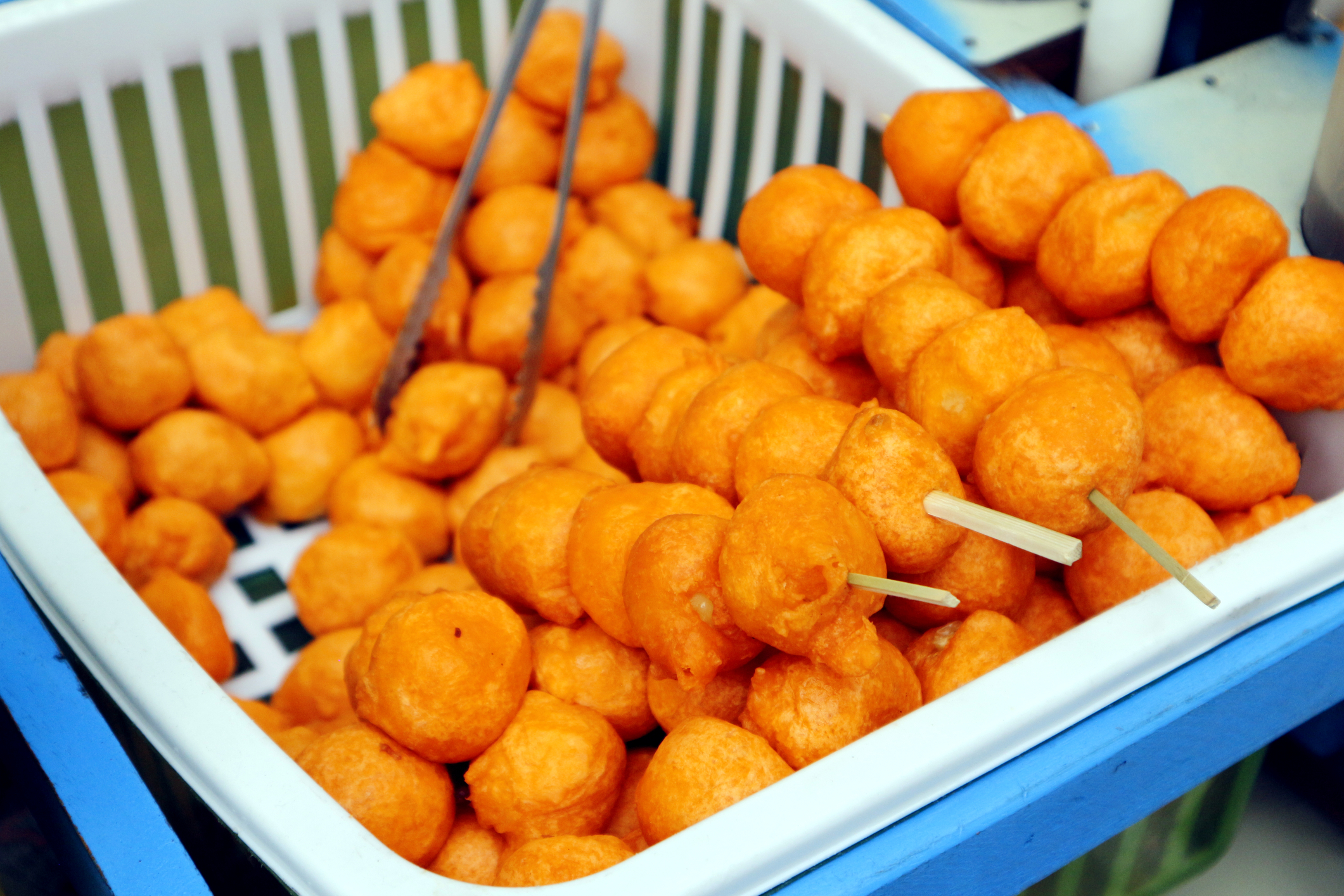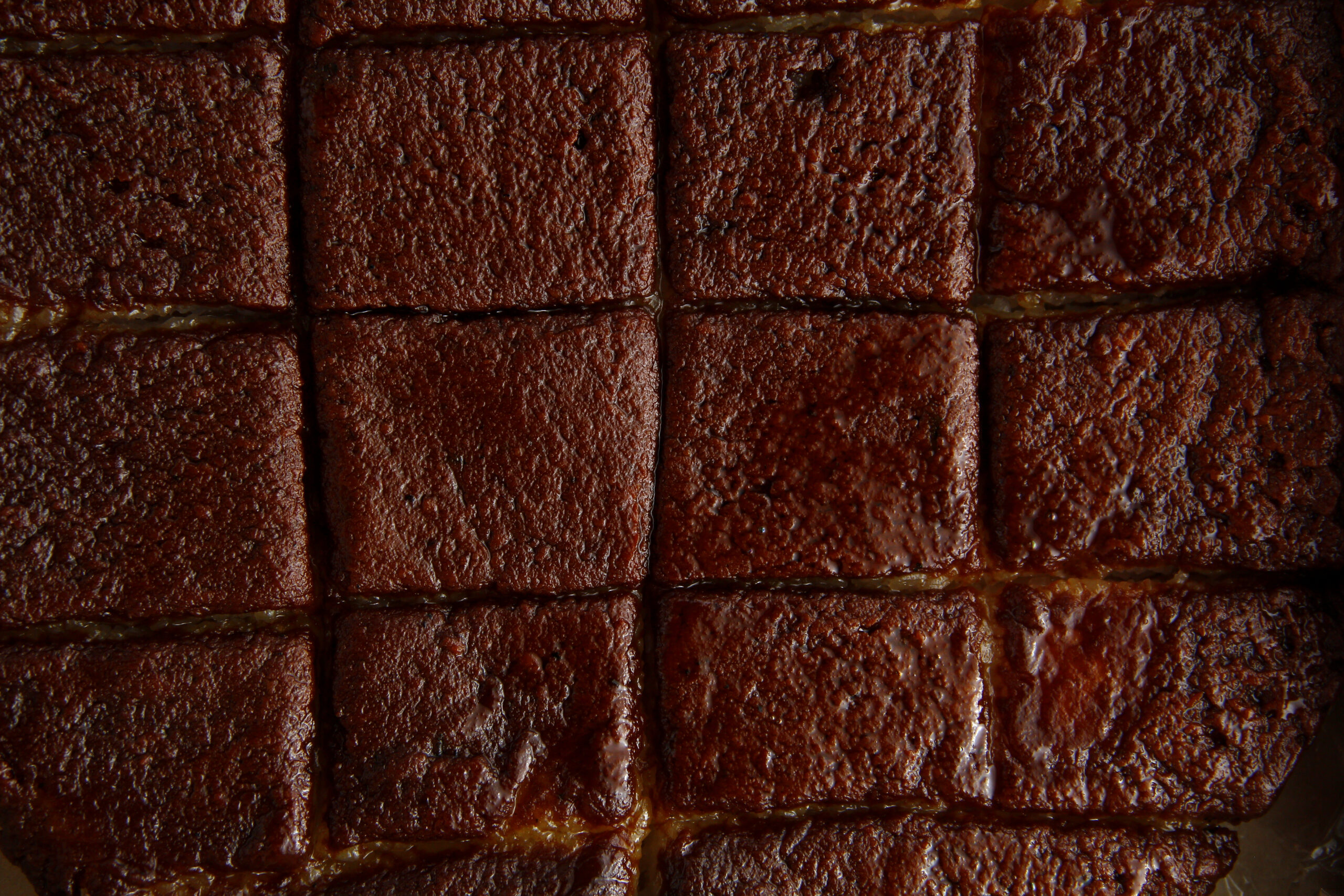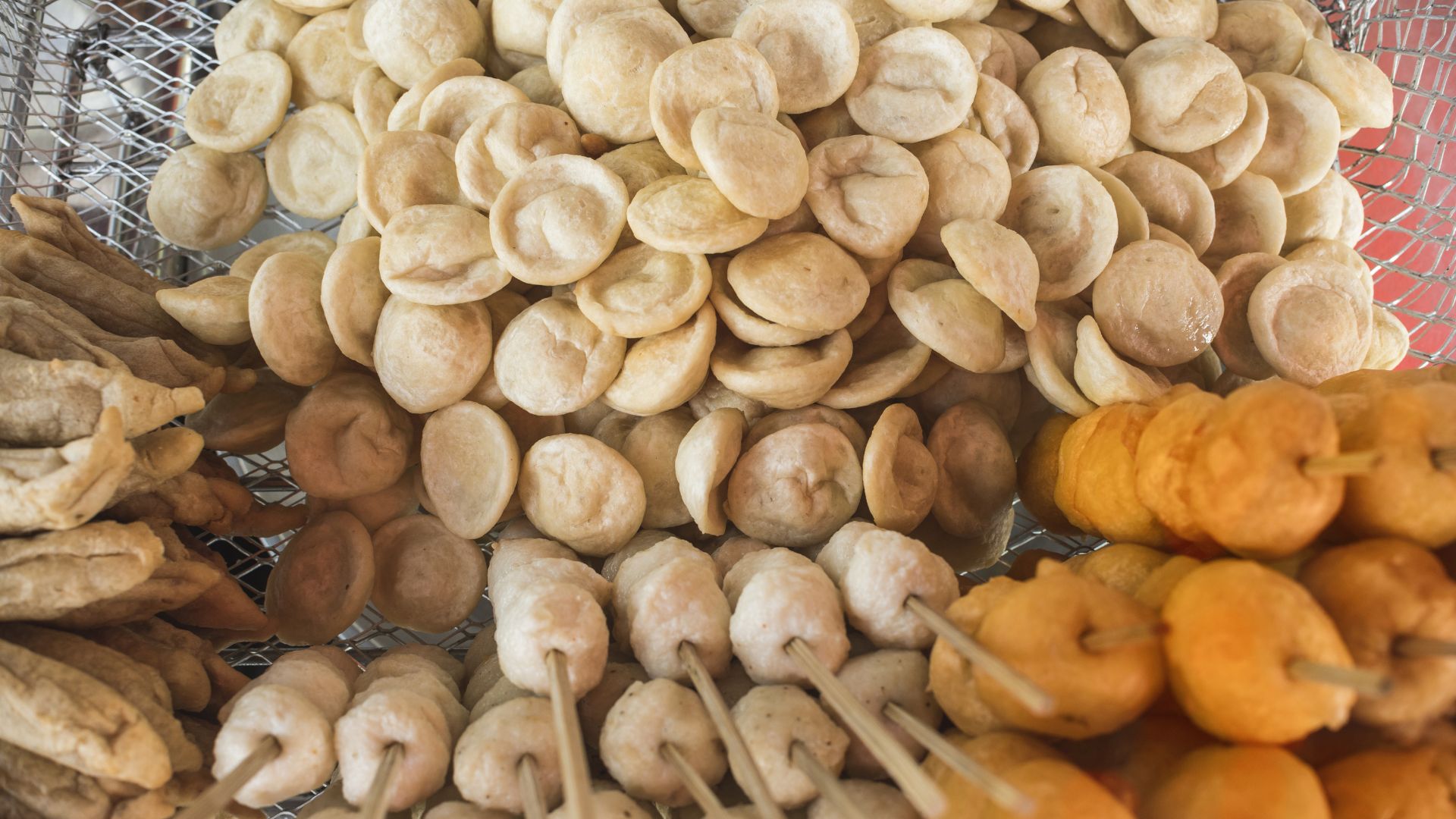Knowing that Filipinos are big fans of foods, especially mouthwatering meriendas, there is no doubt that each individual loves to roam around the streets in the Philippines because each corner has its own food to highlight its best tastes.
To get to know these well-known meryendas, here are some foods that you shouldn’t interchange with each other.
1. Kwek-kwek and Tokneneng

Eggs coated with an orange and crunchy layer are one of the go-to skewer snacks of Filipinos, but not many know there’s a name difference between the small and large eggs.
Kwek-kwek is the small orange-coated quail egg, while the large orange-coated chicken egg is actually called Tokneneng, not Kwek-kwek, as a number of today’s generation believed it was.
The name kwek-kwek was believed to be derived from the sound of birds chirping. Tokneneng was a word played by ‘Toknanay’ that meant the mother hen pecking.
2. Walkman and Adidas

Between the barbecue skewers Walkman and adidas, it is only adidas that actually refers to the delicious barbecued feet of a chicken and is in fact derived from the familiar shoe brand.
But not everyone is familiar with the Walkman, a portable audio device with a matching headset; this was even before music apps and Bluetooth earphones were invented.
The barbecued pig’s ears were definitely inspired by the device’s size and shape, being big and rectangular.
3. Goto and Arroz Caldo

Lugaw is a base porridge in the Philippines that can create two varieties of rice porridge. Its name is like other Pinoy merienda, but at times it is interchanged, or some are just not familiar with the difference.
One thing to remember about Goto is that it’s a rice porridge that has ox tripe known as ‘tuwalya’; some prefer to have innards, beef, or pork with toppings of their choice.
Arroz Caldo is a mustard yellow-colored rice broth and porridge. It has a similar mix and toppings, but the key difference is the chicken and distinct ginger taste.
4. Beef Pares and Beef Mami

Pares and Mami is quite a common soup offered in the streets and is commonly enjoyed in little tents or in local carinderias.
Don’t get shocked if you can’t find the noodles in beef pares because this order is a thick stew with lots of beef, which must be paired with the English translation of the soup and crunchy garlic sprinkled on rice.
If you prefer noodles as your carbs, then Beef Mami is the right order. It is commonly mixed with Bok Choy or Chinese cabbage, but who’s to say you can’t eat this with rice too?
5. Suman and Tupig

Rice is always a staple in Asian countries, especially in the Philippines because of its large plantations, and is even enjoyed as a sweet snack for merienda.
Suman and Tupig are both made with the same ingredients; it is the cooking techniques that make a big difference to the sugary rice.
Suman is steamed like most rice desserts or snacks, while tupig is grilled, so the banana leaf wrapping is most likely to give a bit more flavor to the rice snack.
Some can figure it out, while others just deliberately call every rice snack wrapped in banana leaf suman because it is more common in the metro.
6. Kalamay and Sapin-sapin

Sticky desserts and snacks are also common in the Philippines, and most young ones get confused about whether sapin-sapin is a kalamay or kakanin.
Kakanin means ‘eat rice’ because the common ingredient to bind the sweet and sticky dessert is rice, and so most kalamay varieties are made with this.
Kalamay is commonly placed or wrapped in a container, such as banana leaves or brown coconut shells. Sapin-sapin may seem to be made with rice, but it has three different ingredients.
Sapin-sapin has three to four layers with each different color and ingredient; a purple layer is ube yam, an orange is anise,white is coconut meat, and the green is flavored with pandan.
Source:
https://nolisoli.ph/, https://www.yummy.ph/, https://www.angsarap.net/, https://www.esquiremag.ph/, https://panlasangpinoy.com/, https://www.modernfilipina.ph/
https://nolisoli.ph/, https://www.yummy.ph/, https://www.angsarap.net/, https://www.esquiremag.ph/, https://panlasangpinoy.com/, https://www.modernfilipina.ph/






